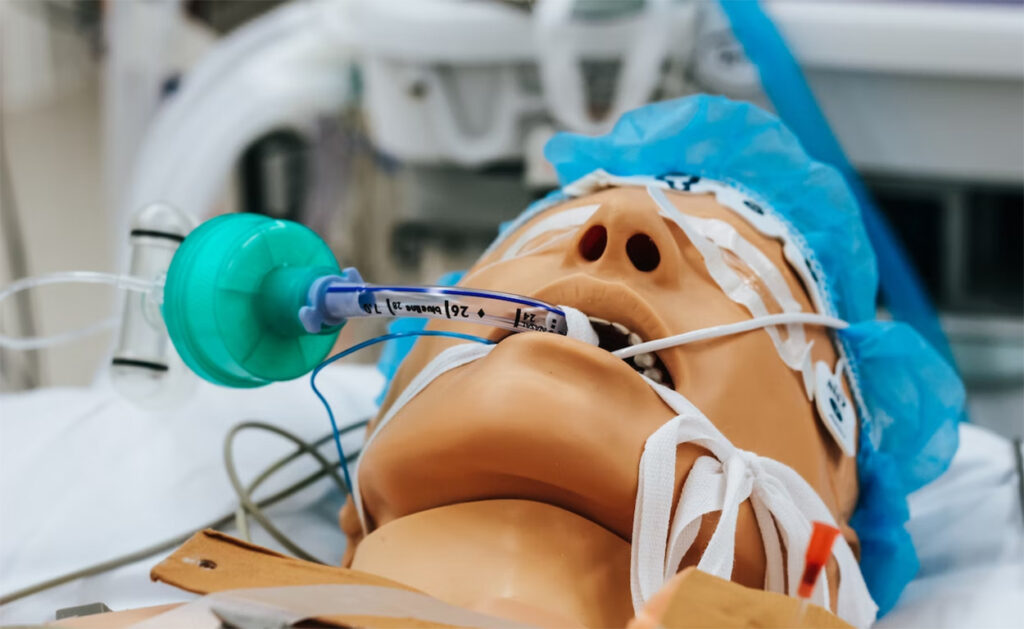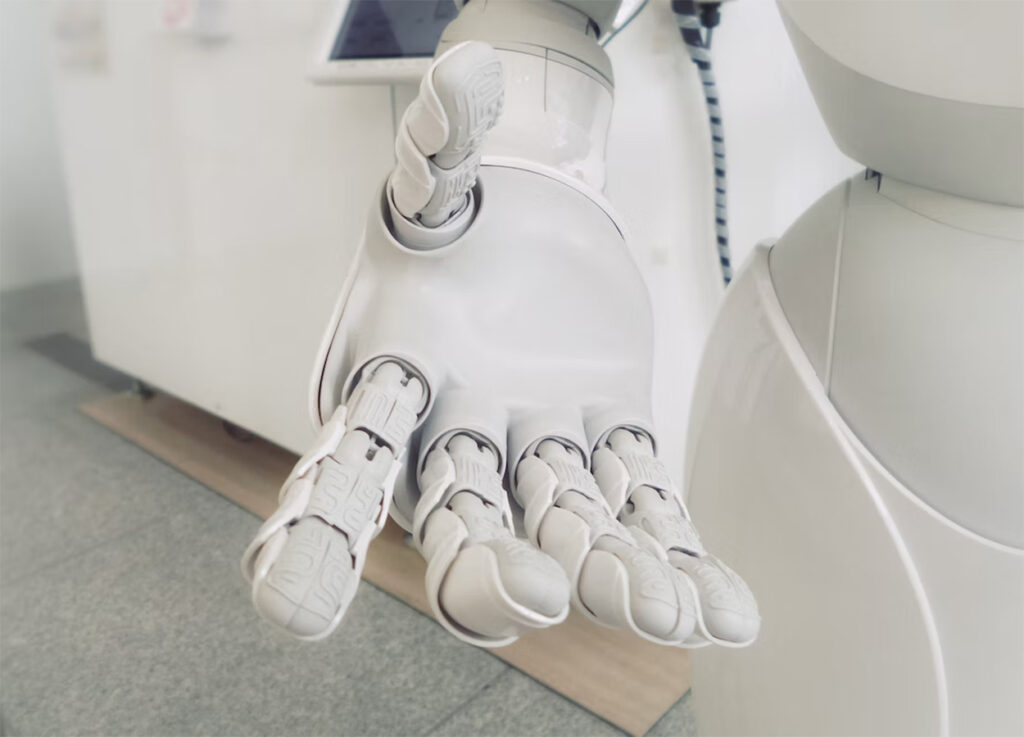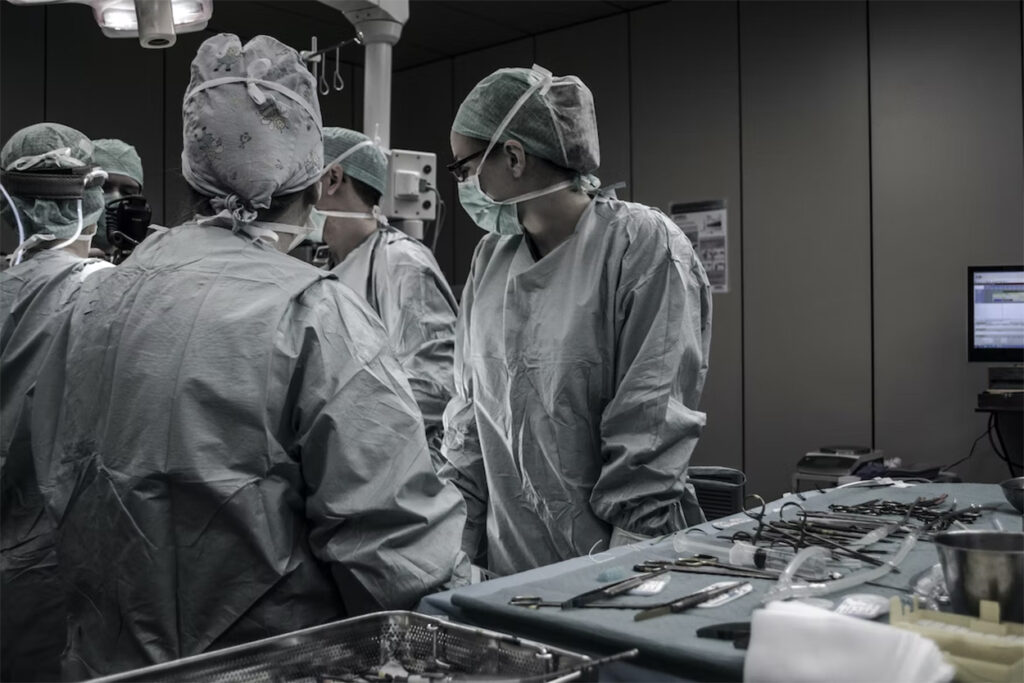Robotics in Healthcare: 3 Recent Innovations
These days, robotics is increasingly playing an integral role in aiding healthcare providers in delivering more comprehensive and competent care for their patients. When medical practitioners are spread thin, the process of healing can be more emotionally exhausting and longer. And the assistance of medical robots like the robot Grace can aid in filling any staffing gaps, elevating the quality of patient care as a result.
With that said, many incredible innovations in robotics continue to revolutionize the healthcare sector. And in this post, we’ll talk about some of them. Continue reading to learn more.
- Sanitation robots
The global coronavirus pandemic has shown the importance behind disinfecting and sanitizing the environment. In fact, consistently thorough disinfection is more vital in today’s medical facilities than ever before. After all, patients recovering from surgical procedures may be more at risk of contracting viral infections if the hospital isn’t appropriately sterilized.
However, deep cleaning generally requires a dedicated team and a lot of time—things that aren’t in ample supply in the healthcare industry. But since the job is monotonous, straightforward, and requires initial knowledge and skills, medical robots can be assigned to cleaning duty. In doing so, providers can keep the space clean while letting maintenance workers prioritize tasks like repairs.
- Nursing robots
As of 2022, there’s a considerable shortage of nurses, and many expect it to worsen in the next few years. Surveys show over thirty percent of nurse practitioners plan to leave by the end of the year due to issues like stress and burnout. The reality is that most are overworked because of all the responsibilities they have to deal with every day. But thanks to robotics, this may change.
Many of the routine tasks nurses are required to do can be done by medical robots. For example, venipuncture robots can generate 3D images of the patient’s arm, showing nurses where the vein is located so they can draw blood quicker and easier. Beyond improving the patient’s experience, it simplifies what would otherwise be a tedious task.
Moreover, robotics can assist with monitoring the vitals of patients autonomously. This frees up a lot of time for the nurses that they can use instead in other areas so they can provide much better care.
- Robotic companions
Emotional support plays a more critical role in the process of healing than some might think, and robotic companions are surprisingly effective in supporting patients. Beyond that, it can also help improve patient care in a few ways. One example is reminding patients to take their medicine. As simple as this function might be, it can save healthcare providers and patients time on consultations and ensure that the latter follows their treatment plan.
Better healthcare through technology Like any other industry, technology is driving the healthcare sector, enabling organizations to provide their patients with better care. While the tech behind robotics is still in its infancy, it already has many applications that enable medical providers to reach a higher standard of care. As artificial intelligence technology evolves, the use of medical robots will likely be more widespread than it is today.


